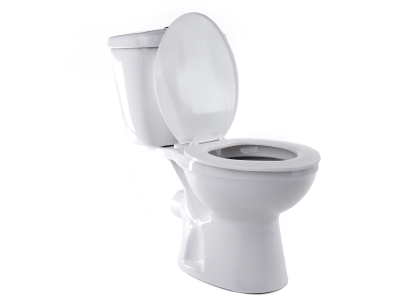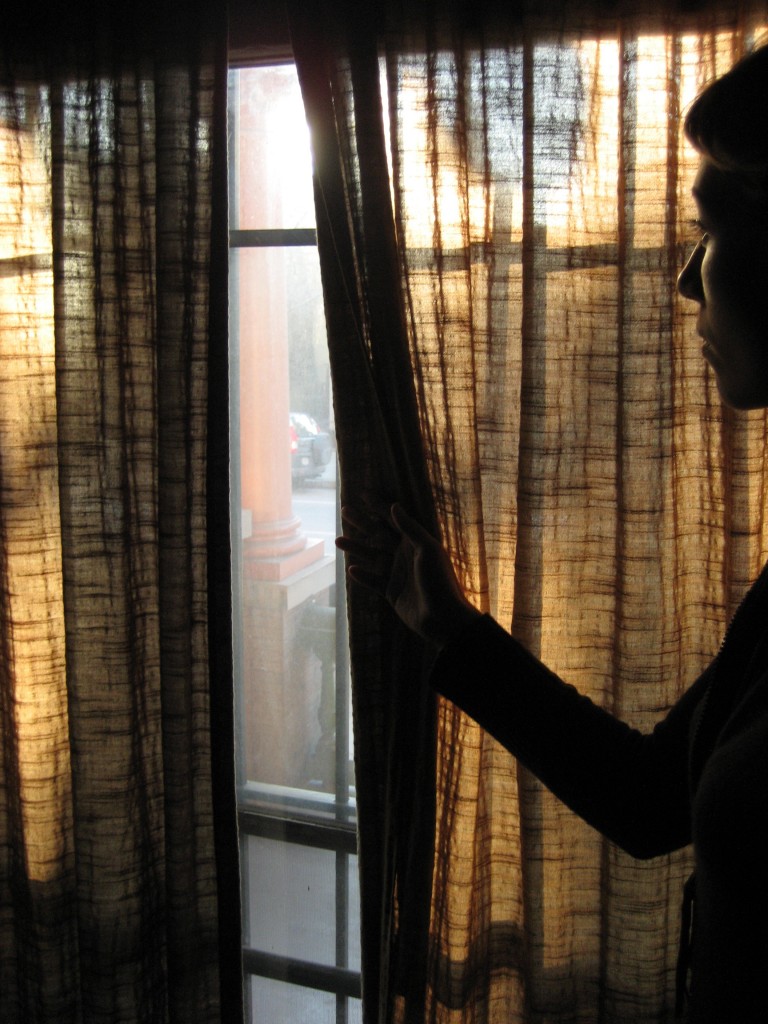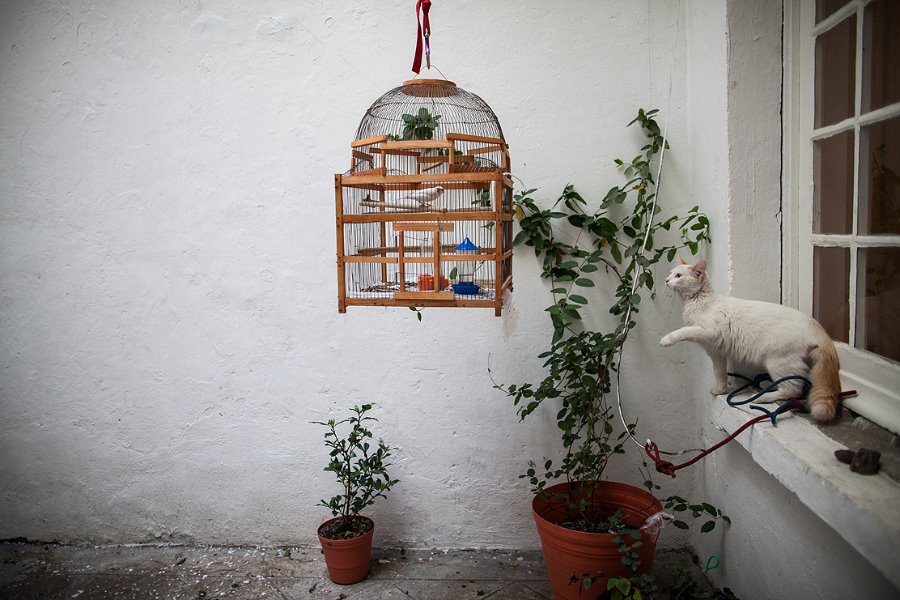 I’m not in the habit of feeling sorry for members of the British royal family. But last month, when the press reported that a pregnant Kate Middleton had been hospitalized with hyperemesis gravidarum, my stomach lurched in sympathy. Pregnancy-related hyperemesis is usually described as “severe morning sickness,” but that doesn’t capture the suffering it involves. Unlike the intermittent, typically short-lived nausea of morning sickness, hyperemesis gravidarum is characterized by debilitatingly severe, nearly constant nausea, sometimes accompanied by vomiting, that can last for an entire pregnancy. Stephanie Nolen, a hyperemesis sufferer, described her experience in the Globe and Mail in December:
I’m not in the habit of feeling sorry for members of the British royal family. But last month, when the press reported that a pregnant Kate Middleton had been hospitalized with hyperemesis gravidarum, my stomach lurched in sympathy. Pregnancy-related hyperemesis is usually described as “severe morning sickness,” but that doesn’t capture the suffering it involves. Unlike the intermittent, typically short-lived nausea of morning sickness, hyperemesis gravidarum is characterized by debilitatingly severe, nearly constant nausea, sometimes accompanied by vomiting, that can last for an entire pregnancy. Stephanie Nolen, a hyperemesis sufferer, described her experience in the Globe and Mail in December:
For the first months of my pregnancies, the world pitched and roiled and heaved. I could tolerate no food, or the smell of food. I don’t mean that I was a little pukey. I mean that I spent 50 days curled up motionless in the dark under a blanket, unable to bear rolling over at even a glacial pace. I lost five kilograms in a couple of weeks. I could not speak, I could not open my eyes, and when a sympathetic friend crept in to see me, the undulating pattern of her black-and-white striped pants triggered a round of heaving.
Only a few drugs are known to ease hyperemesis, and none of them work very well. Most sufferers are hospitalized periodically for dehydration and then sent home to curl up in bed, try not to worry about fetal weight gain and hope striped pants go out of style.







